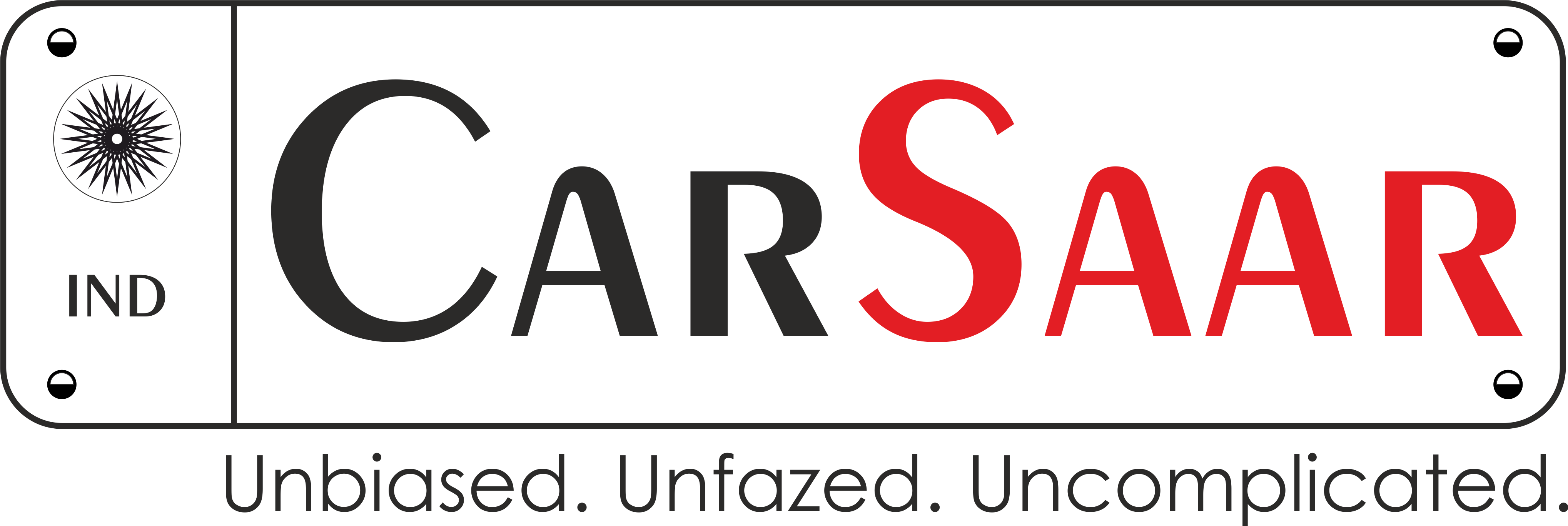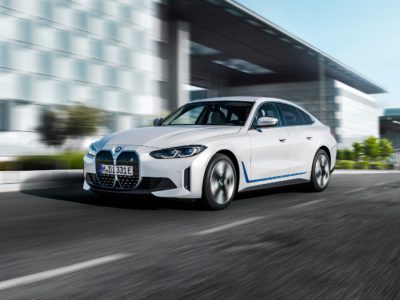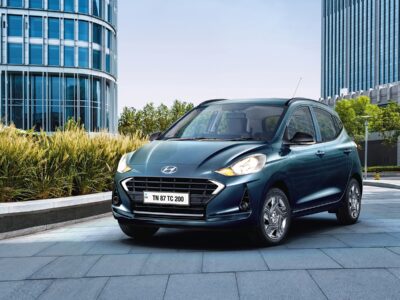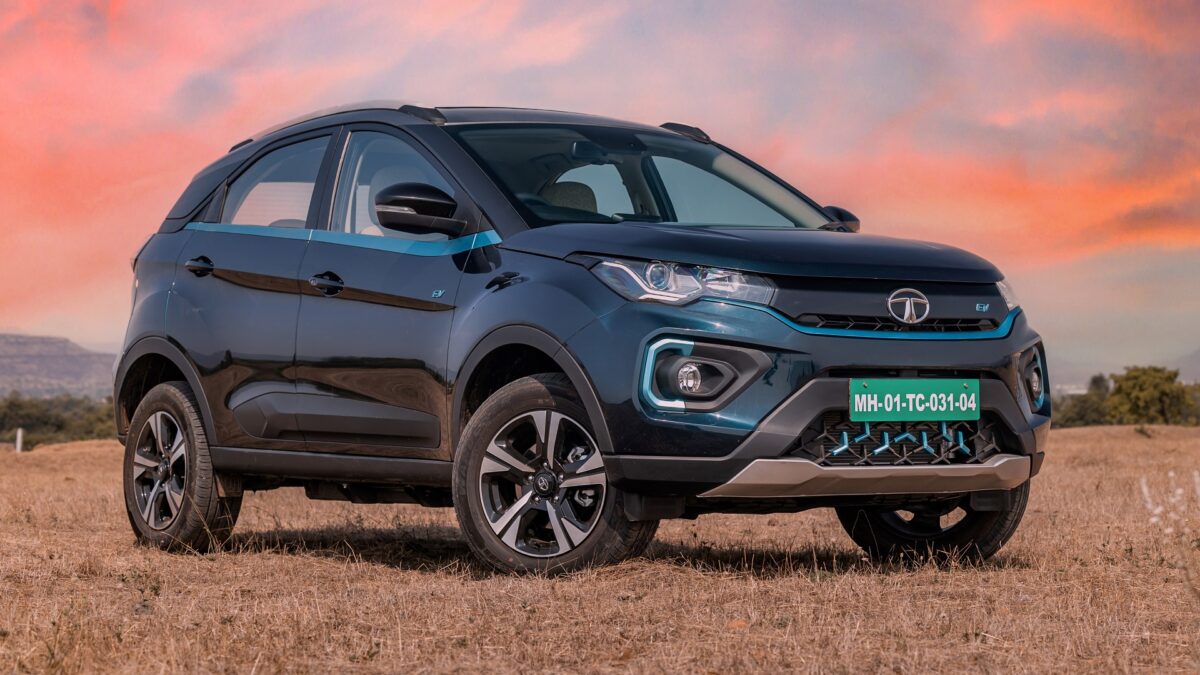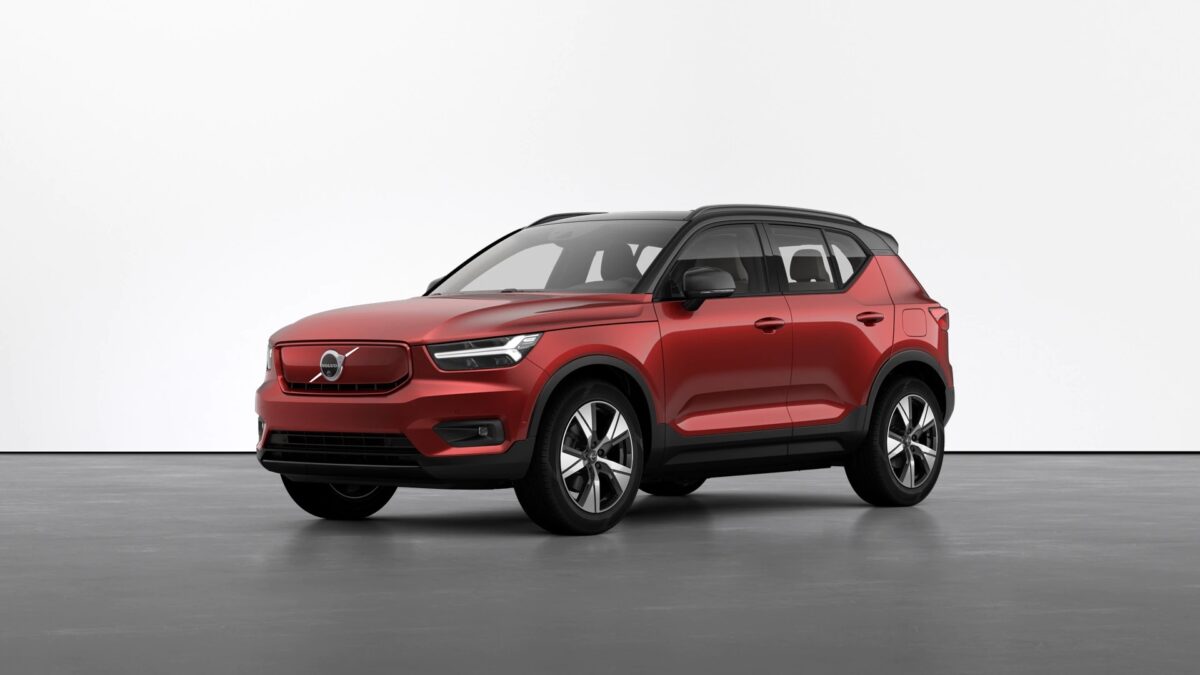Saar: The duo plan to cross-license patents and grant access to non-competitive components.
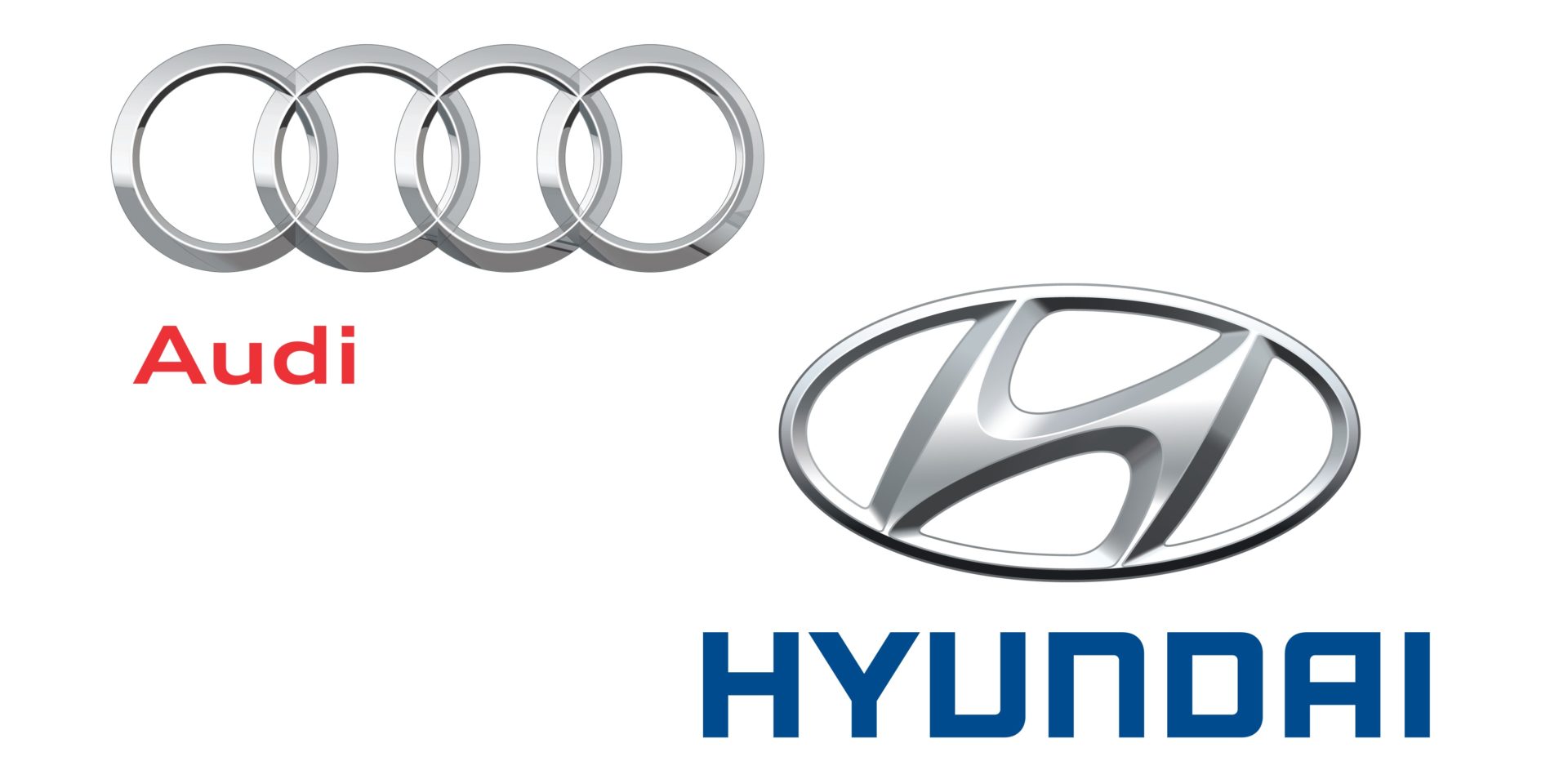
Hyundai Motor Group and Audi AG have begun a multi-year patent cross-licensing agreement, which covers a range of fuel cell electric vehicle (FCEV) components and technologies. Under this partnership, the duo will work together to share non-competitive FCEV components and hone the said technology for developing future zero-emission vehicles.
To get things started, Hyundai has agreed to grant Audi access to parts which were used to develop the ix35 as well as Nexo FCEV models. However, Audi is not a newcomer to the world of FCEV technology. The German carmaker is currently working on its sixth generation of fuel cell technology. It has rolled out concept vehicles, powered by hydrogen fuel cell technology, for over 20 years and at the start of next decade, it will introduce its first fuel cell model as a small series production. Hyundai stands to gain with the vast experience that Audi has FCEV tech.
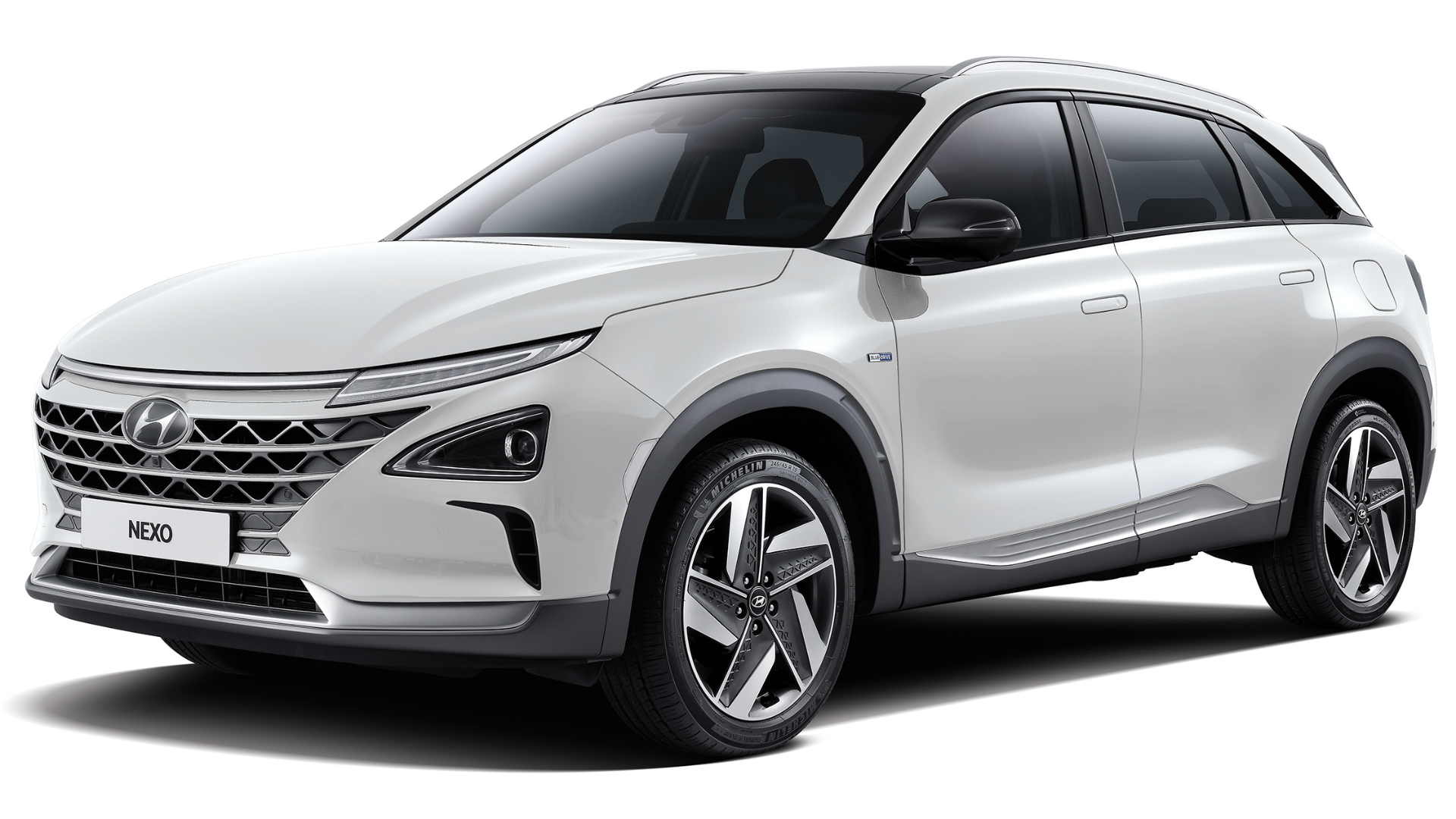
Hyundai Nexo
Hyundai became the first manufacturer to mass-produce fuel cell vehicles in the form of SUV. It has been doing so since 2013 and sells them in 18 countries across the globe. The said collaboration is not limited to Audi and Hyundai products only. In fact, affiliates from both ends can make use of the cross-patenting. The duration of the agreement has not been disclosed yet.
The partnership between the two auto giants is also expected to reach higher grounds. If all goes on smoothly, Audi and Hyundai could join forces to hone the FCEV technology together. The idea is to make it available across the globe and also within reach of everyone.
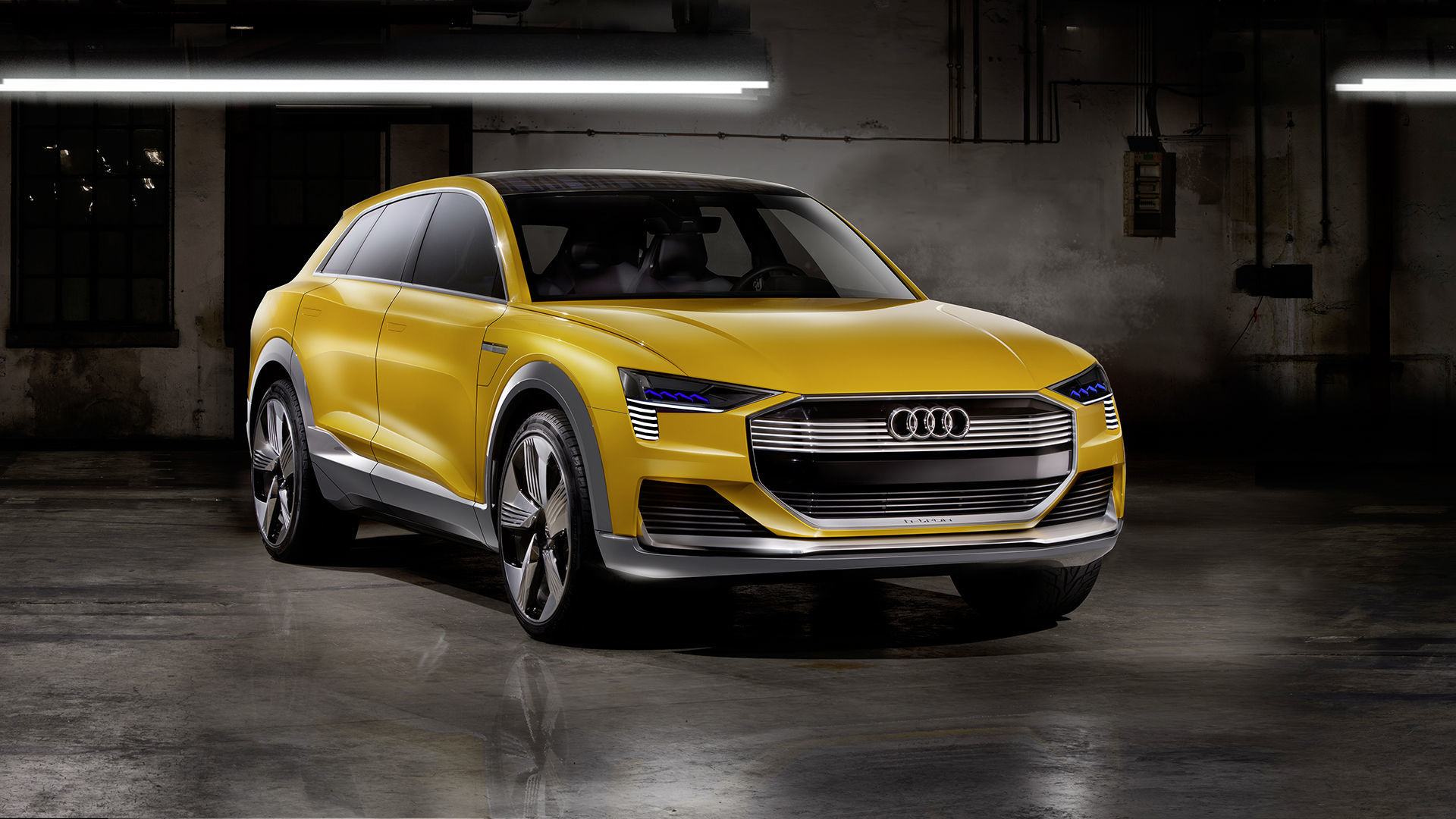
Audi h-tron Concept 2016
With the pace that the world of automobiles is transforming from internal combustion to zero-emission power plants, every carmaker in the world is working to perfect the recipe for pure-electric vehicles. One way, which is also the most famous, is powering an electric motor with the use of batteries. Cars like the Nissan Leaf, Renault Zoe, Kia Niro EV and the upcoming Audi e-tron have adopted the same basic formula.
The other way, which shows a lot of promise but has not been used as extensively as the one mentioned above, is to use hydrogen to power an electric engine. It is popularly known as Fuel Cell technology for EVs (FCEV). Models like Honda Clarity Fuel Cell, Hyundai Nexo and the Toyota Mirai are fine examples of FCEVs.

